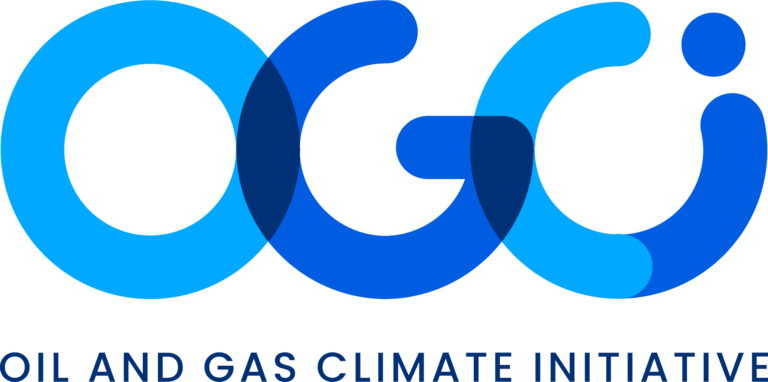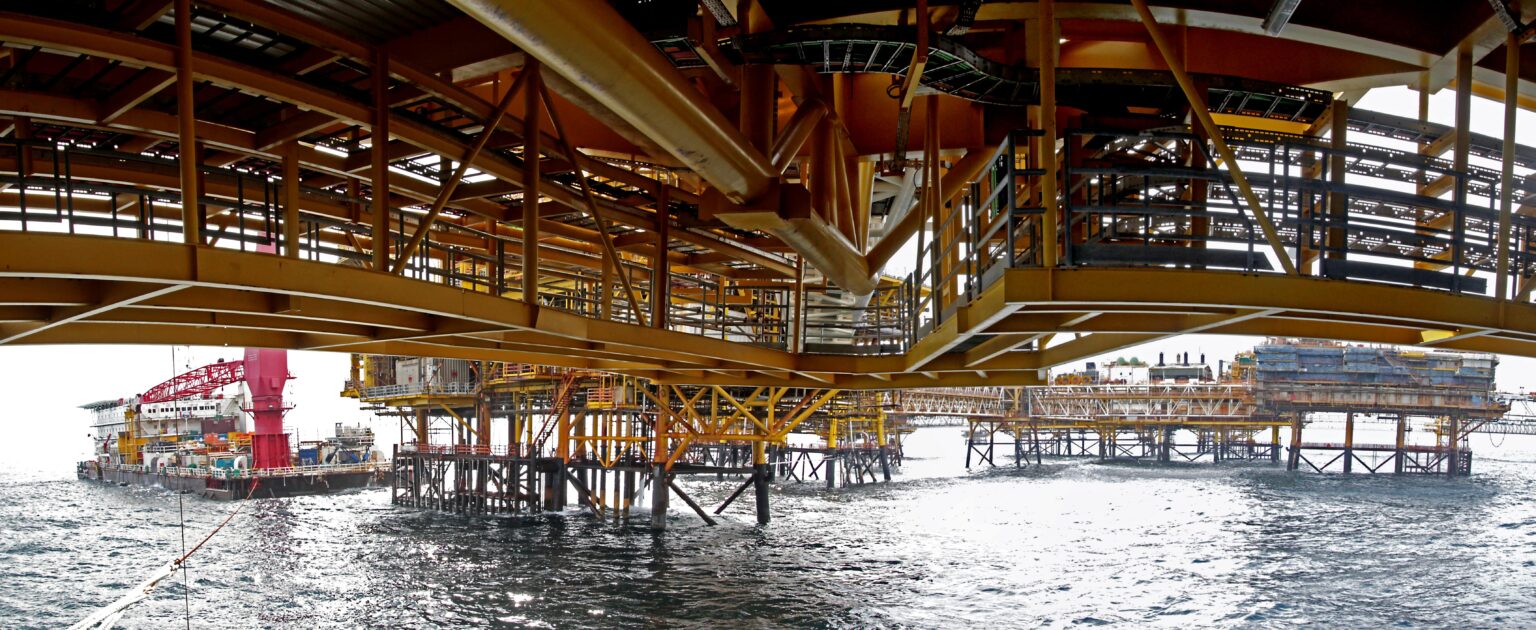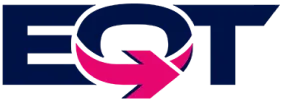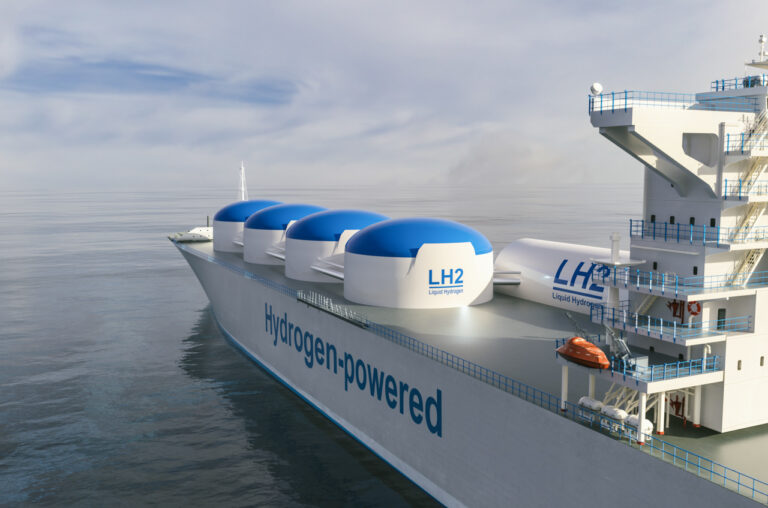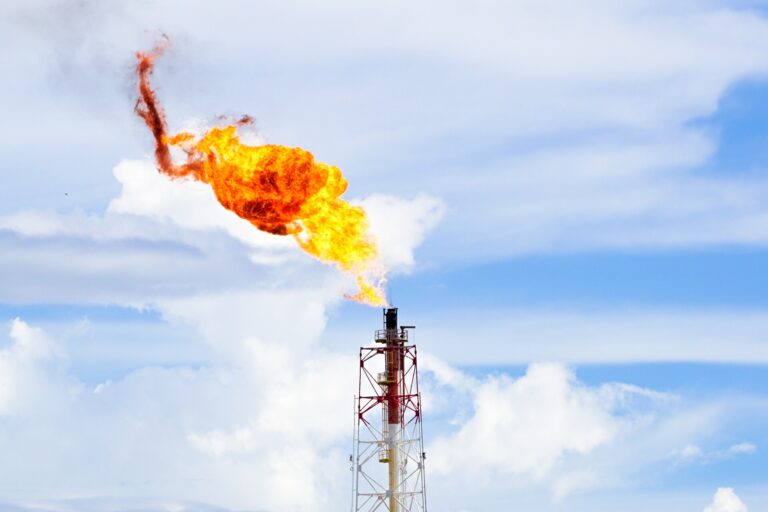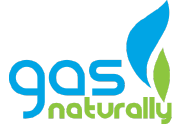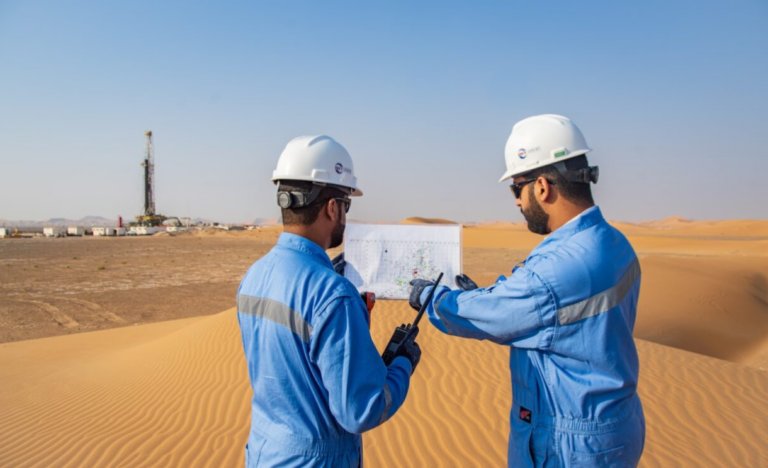The OGMP 2.0 Technical Guidance Documents are key resources for companies participating in the Oil and Gas Methane Partnership (OGMP) 2.0 initiative. These documents provide recommended methodologies for quantifying methane emissions across various source categories.
The following is a list of available documents:
- Centrifugal Compressors
- Flare Efficiency
- Gas Well Hydraulic Fracturing
- General Principles
- Glycol Dehydrators
- Incomplete Combustion
- Incidents, Emergency Stops and Malfunctions
- Leaks
- Leaks and Permeation from Underground Pipes
- Level 1 and 2 Reporting
- Liquid Unloading
- LNG Liquefaction
- LNG Regasification
- LNG Shipping
- Oil Well Casinghead
- Pneumatics
- Purging and Venting
- Reciprocating Compressors
- Uncertainty and Reconciliation Guidance
- Unstabilized Liquid Storage Tanks
- Well Completion
- Well Operations
